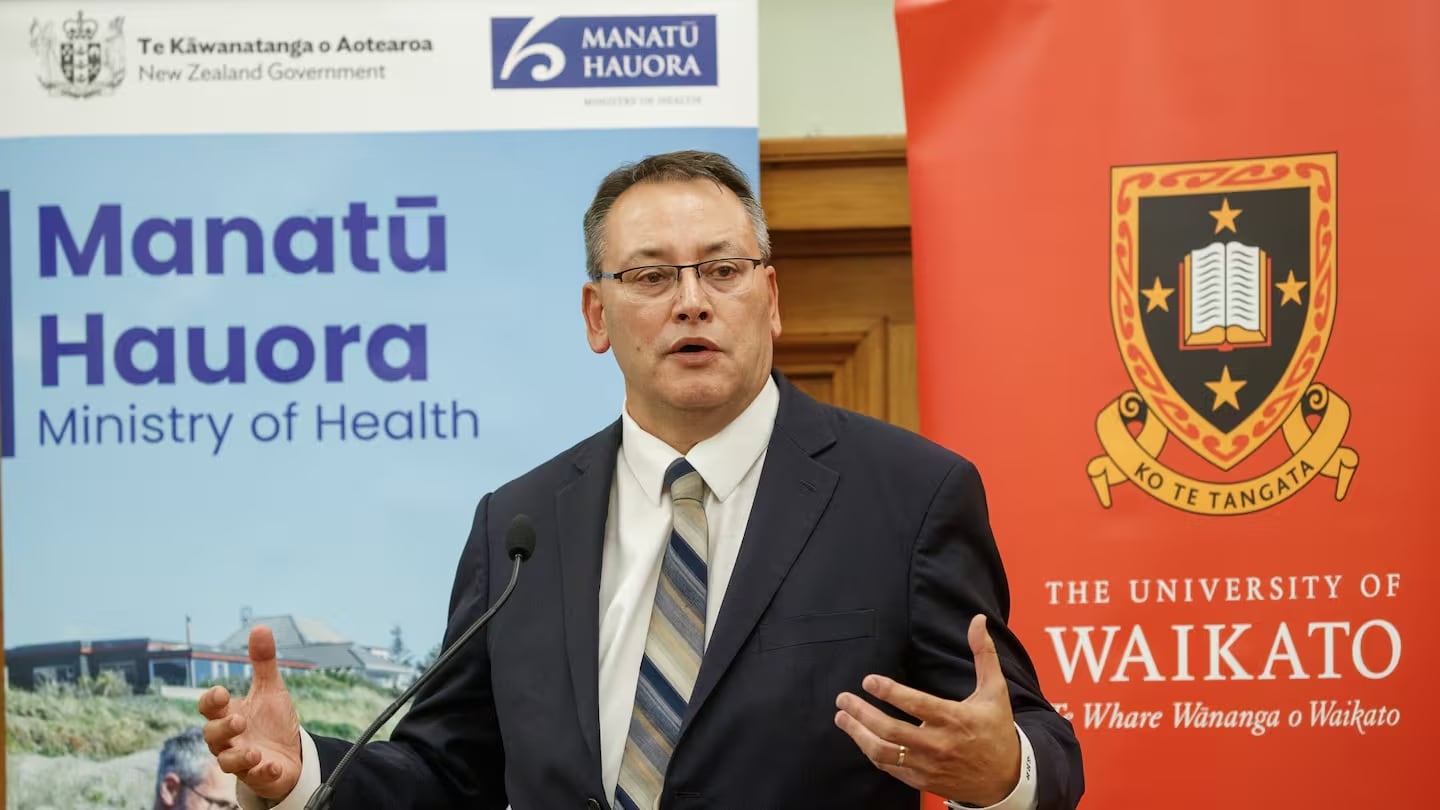Health Minister Shane Reti says a review of medical school admission schemes isn’t being done as a prelude to getting rid of preferential access for Māori.
Reti, who gained his own entry to medical school under the scheme, says he wants to know whether the programmes are working as intended and if there could be room for improvement.
The Māori and Pacific Admission Scheme sees 30 per cent of entries into the Faculty of Medical and Health Sciences allocated to Māori and Pasifika students. It also provides those students with extra tutorials and other academic and pastoral support.
“Because we all want an intake, we all want those doctors and nurses out in the community who roughly reflect the demographics of the community. That is a good thing. That’s what helps build cultural competence which improves outcomes,” Reti says.
Preferential entry schemes are an important part of addressing health workforce shortages, which remains his priority.
Last year, research showed Māori and Pacific medical students remain underrepresented in Aotearoa New Zealand.
Decades of efforts have boosted the numbers of Māori and Pacific doctors, but new research shows these ethnicities remain underrepresented in the country’s medical schools.
The proportion of Māori doctors in New Zealand has increased from 2.3 per cent in 2000 to 4.7 per cent in 2023. However, this remains well below the proportion of Māori in the population at 16.5 per cent.
Similarly, the proportion of Pasifika doctors is slowly increasing, to 2.2 per cent of all doctors, but below the Pasifika population of 8.2 per cent.
The study also found poverty is a barrier to studying medicine across all demographic groups, and rural-background students are underrepresented in medicine.
“To have the greatest positive impact on health outcomes, the population of doctors as a whole should mirror the society which they take an oath to serve,” says Professor Warwick Bagg, acting dean of the Faculty of Medical and Health Sciences.
“To achieve this, those who are enrolled in medical school should broadly mirror the demographics of the people they will ultimately work for.
“Moreover, medical education institutions have an obligation to improve the health of the communities they serve.
The researchers state, “The underrepresentation of Māori doctors and Pacific doctors has contributed to profoundly negative impacts for these populations.”
Reporting Peter Verschaffelt, Waatea.News.Com, University of Auckland News


